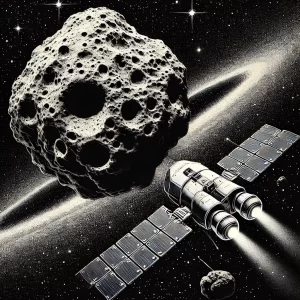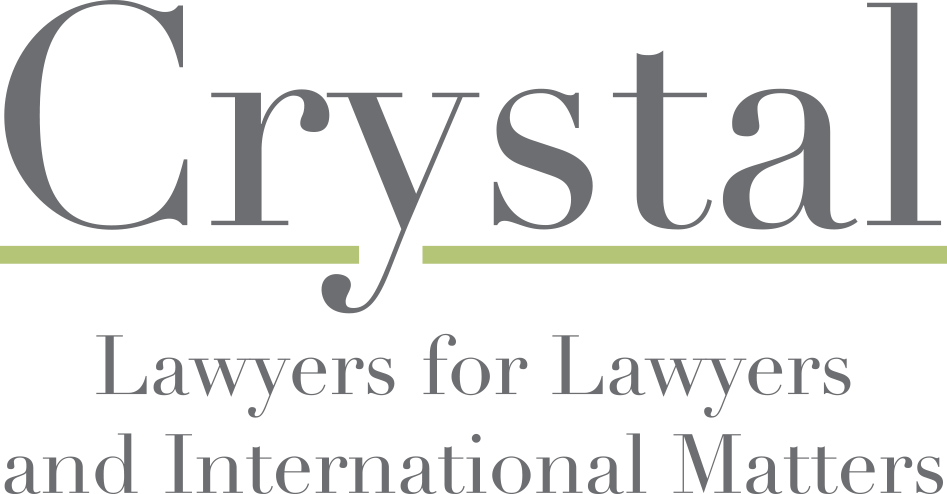
AstroForge’s mission to explore platinum-group metals on an asteroid seven million miles from Earth obtained an FCC frequency license. With their spacecraft, Odin, scheduled to launch in early 2025 as a rideshare with Intuitive Machines’ second lunar lander, AstroForge aims to conduct extensive imaging of the target asteroid in preparation for a planned landing mission in 2026. (See more here) https://payloadspace.com/astroforge-picks-up-first-commercial-deep-space-license/
Beyond the groundbreaking nature of AstroForge’s long-term goal—to mine valuable resources like platinum-group metals to fuel in-space economies and supply Earth with scarce materials—of which this mission is an essential part, the mission is also significant from the perspective of frequency licensing.
AstroForge’s mission underscores the current regulatory complexities managed by the FCC in licensing space communications. Under the Communications Act, any commercial satellite transmitting within, to, or from the United States requires a license, with the FCC overseeing licenses for both space stations and Earth stations. Satellites, including those venturing beyond Earth’s orbit, must obtain these licenses to legally operate their communication systems. The FCC’s two primary types of authorizations—Experimental Radio Service (Part 5) and Satellite Communications (Part 25)—highlight the divide in spectrum protections, with Part 25 licenses designed for Earth-orbiting satellites and granting some level of spectrum protection, while Part 5 experimental licenses lack protected access. AstroForge’s mission received a Part 5 license, the experimental one, without the full spectrum protection that Part 25 would offer.
It is worth remembering that, at the international level, spectrum allocation for space is governed by the International Telecommunication Union (ITU), a UN agency tasked with preventing harmful interference and ensuring equitable access. Traditionally focused on low-Earth orbits and geostationary satellites, the ITU may need to address the growing demands of deep-space and lunar missions. Current ITU regulations primarily allow spectrum for “research” or “operational” uses, with allocations on a “first come, first served” basis. With commercial space activities on the rise, there is a pressing need for regulatory adaptation to support these industries beyond Earth’s orbit, especially as lunar overcrowding and interference risks increase.
More information: Francesca Giannoni-Crystal
